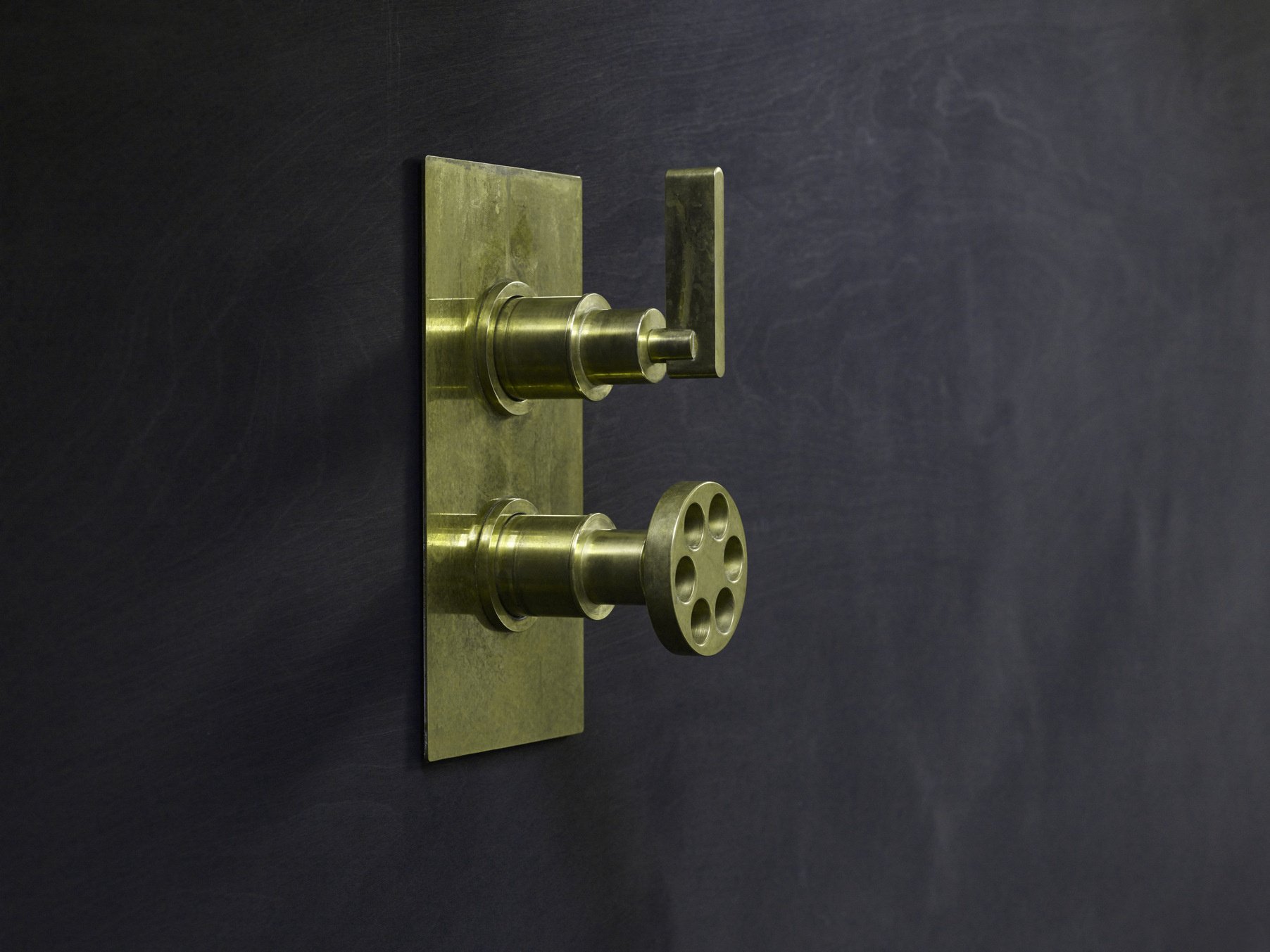Understanding the ageing process of unlacquered brass bathroom fittings
Introduction
Unlacquered brass bathroom fittings are renowned for their timeless and elegant appearance. Unlike lacquered brass, which retains its shiny finish, unlacquered brass undergoes a natural ageing process, developing a unique patina over time. In this blog, we will delve into the journey of understanding the ageing process of unlacquered brass bathroom fittings and why many homeowners appreciate the beauty it brings to their spaces.
The Beauty of Unlacquered Brass
Unlacquered brass is a popular choice for bathroom fittings due to its stunning golden hue and ability to add a touch of sophistication to any bathroom decor. What makes unlacquered brass distinctive is its lack of a protective coating. This allows the metal to interact with its surroundings, which eventually leads to the development of its own unique patina.
Understanding the Aging Process
Initial Shine:
When you first install polished unlacquered brass bathroom fittings, they gleam with a bright, polished golden shine. Generally, people who want the unlacquered brass look will not want to see these highly polished almost gold taps. Rest assured that in a matter of weeks they will lose this shine as the natural oxidation starts taking place.
Natural Oxidation:
Over time, unlacquered brass reacts with the oxygen and moisture in the air and other products such as soaps through regular use. This natural oxidation process begins to alter the surface of the fittings, gradually darkening and giving them an antique-like appearance. The patina typically starts as a warm, matte brownish speckles or reddish hue and gradually darkens until it covers the entire surface.
Unique Patina Development:
The patina that develops on unlacquered brass bathroom fittings is unique to each environment. It is influenced by factors such as humidity levels, air quality, and the presence of substances like oils and acids. These factors can result in a wide range of patina colours, from deep browns and reds to dark greens and blues, making each set of fittings truly one-of-a-kind.
Appreciating the Aging Process
Character and Charm:
The ageing process of unlacquered brass fittings is often embraced for the character and charm it adds to a bathroom. The patina tells a story of the fittings' history, and many homeowners find this evolving appearance to be a source of beauty and nostalgia.
Low Maintenance:
One of the advantages of unlacquered brass is its low maintenance. Unlike lacquered brass, which requires regular polishing to maintain its shine, unlacquered brass fittings require minimal upkeep. You can simply clean them with a mild brass cleaner to remove dirt and residue.
Durability:
Despite the patina development, unlacquered brass fittings remain durable and functional. The patina actually acts as a protective layer, preventing further tarnishing and corrosion of the metal.
Conclusion
Understanding the ageing process of unlacquered brass bathroom fittings can help you appreciate the unique beauty and character they bring to your space. While the initial shine may fade over time, the evolving patina adds depth and history to your fittings, making them a cherished part of your bathroom decor. With proper care and maintenance, your unlacquered brass bathroom fittings will continue to enhance the elegance and charm of your bathroom for years to come.

